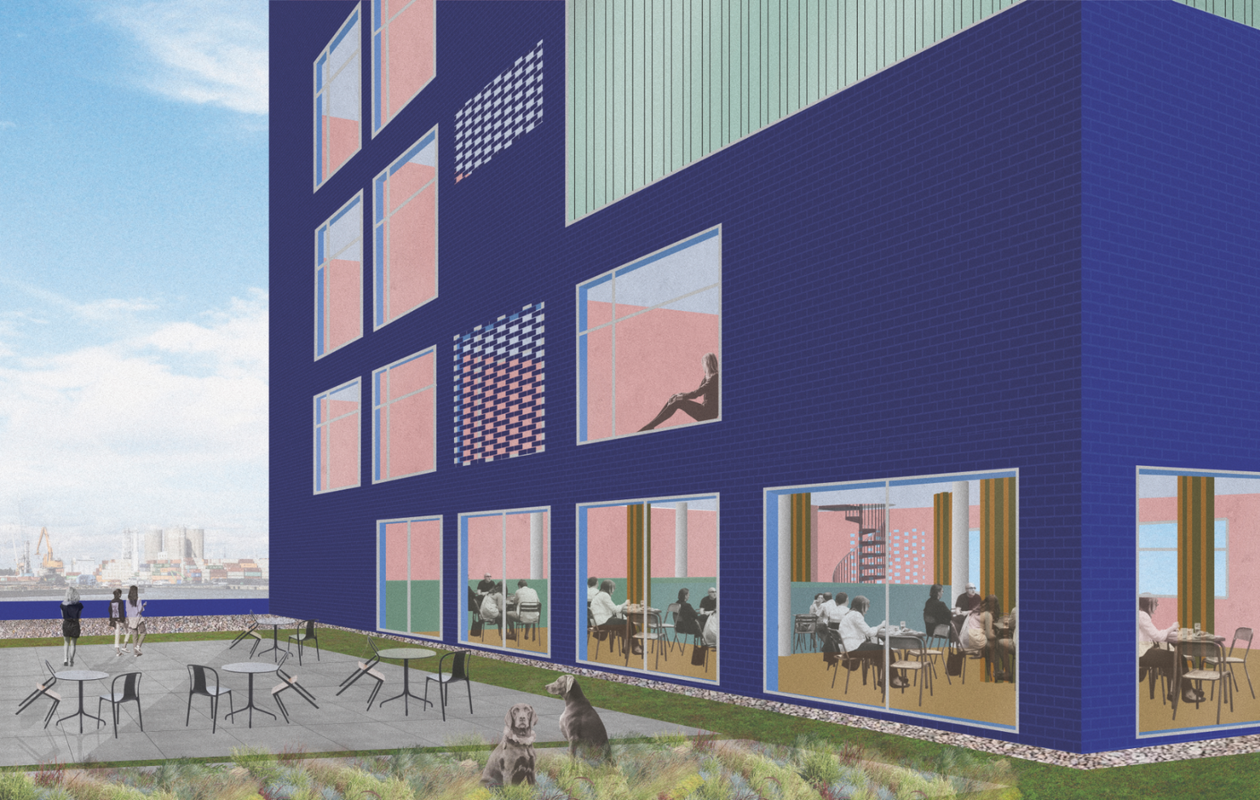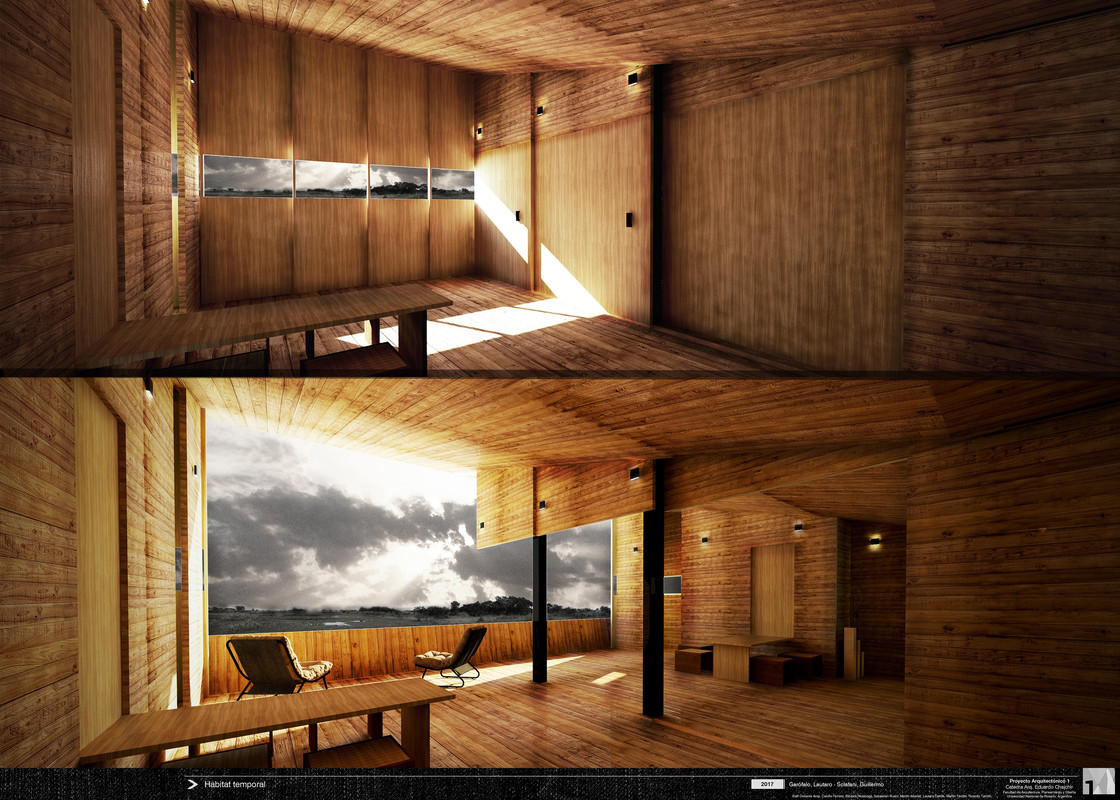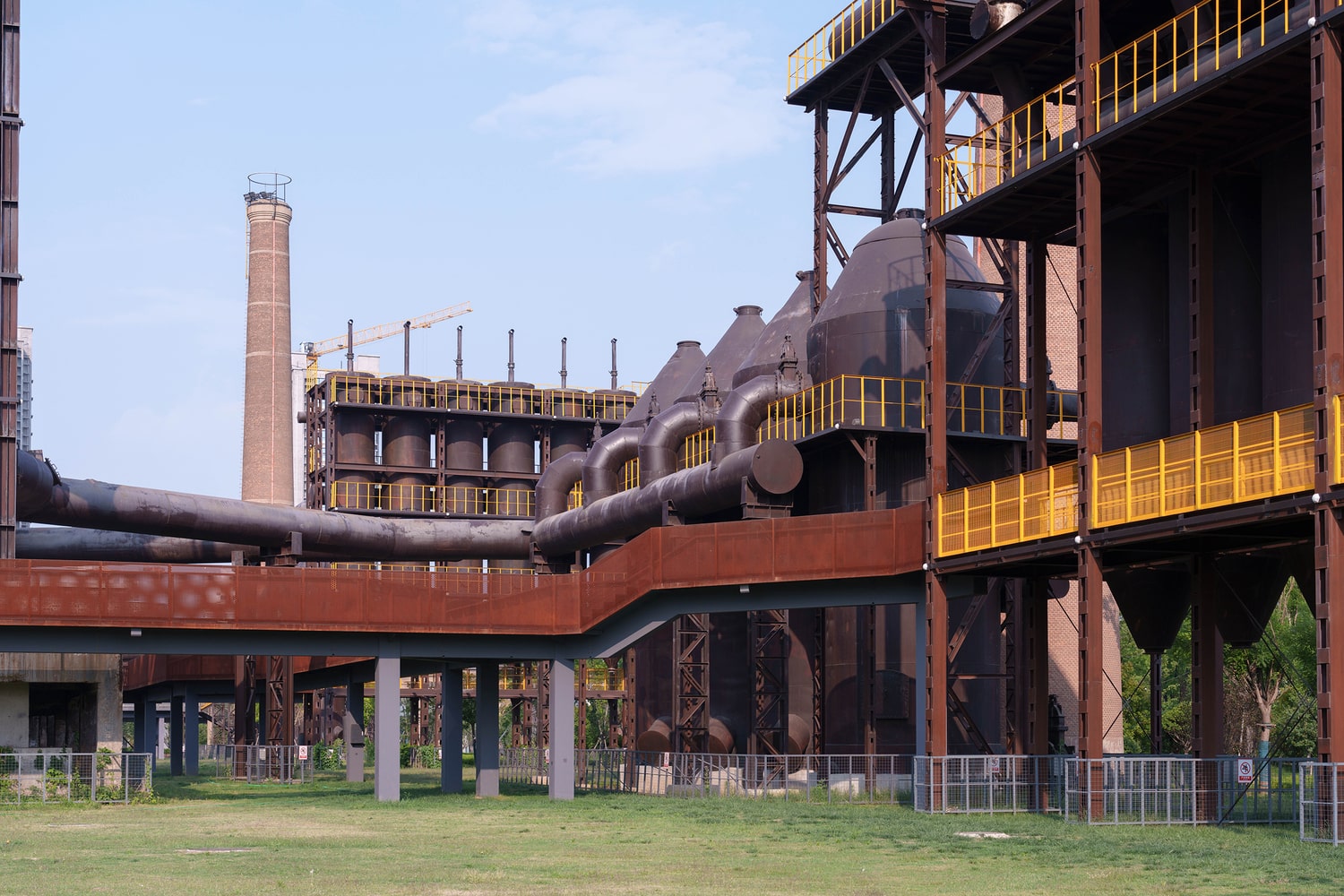- Home
- Articles
- Architectural Portfolio
- Architectral Presentation
- Inspirational Stories
- Architecture News
- Visualization
- BIM Industry
- Facade Design
- Parametric Design
- Career
- Landscape Architecture
- Construction
- Artificial Intelligence
- Sketching
- Design Softwares
- Diagrams
- Writing
- Architectural Tips
- Sustainability
- Courses
- Concept
- Technology
- History & Heritage
- Future of Architecture
- Guides & How-To
- Art & Culture
- Projects
- Interior Design
- Competitions
- Jobs
- Store
- Tools
- More
- Home
- Articles
- Architectural Portfolio
- Architectral Presentation
- Inspirational Stories
- Architecture News
- Visualization
- BIM Industry
- Facade Design
- Parametric Design
- Career
- Landscape Architecture
- Construction
- Artificial Intelligence
- Sketching
- Design Softwares
- Diagrams
- Writing
- Architectural Tips
- Sustainability
- Courses
- Concept
- Technology
- History & Heritage
- Future of Architecture
- Guides & How-To
- Art & Culture
- Projects
- Interior Design
- Competitions
- Jobs
- Store
- Tools
- More
Historical Industrial Buildings Transform into New Modern Spaces

In recent years, the transformation of abandoned industrial buildings such as factories, warehouses into new modern spaces for different purposes has become widespread.
For various reasons, obsolete buildings may need to be reshaped with different functions. Generally, the structure of a building takes much longer time to change compared to its function. That’s way, in the early 20th century, architects’ greatest concern was functionality. However, we often see a structurally durable building can lose its function because of some reasons. In this case, rather than being abandoning such buildings, they are need to be transformed into a new living space by preventing their destruction.
One of the most common type of buildings that are transformed and re-functionalized are industrial buildings. In fact, there are many reasons for the use of industrial buildings. Some of these are economic, social and physical reasons.
Due to economic changes such as the decrease of industrialization and the expansion of the service sector in cities, industrial buildings are losing their function and are not being used. Another main reason is that these buildings stay in urban centers as a result of urbanization and expansion of the cities. Besides, physical properties of these types of buildings are suitable for re-functionalizing the space, because they have large spaces, high ceilings, wide openings, and strong structures.


Initially constructed by the US Navy in 1899 as a machine shop for producing marine engines, then it is converted to New Lab which is is a collaborative center for designers, manufacturers and fabricators to come together.

Old concrete and brick factory in Shanghai turn into a workspace for ceramic artist. The remains of the original brick and concrete structure are visible both externally and internally. New windows are inserted into existing openings in the facades.

Alstom warehouses have been restructured and transformed into a multipurpose building that includes an office property complex, artists‘ workshops and a catering facility. They choose to open internal spaces and retain the impressive metal frame.
For the reason of both environmental protection and historical preservation, immense efforts have been made to preserve and reuse industrial buildings. The reuse of these buildings is also very important for the continuation of urban memory. The transformation of industrial structures, which have been discussed since the end of the 20th century, is still up to date.
Submit your architectural projects
Follow these steps for submission your project. Submission FormLatest Posts
Seddülbahir Fortress Re-Use Project by KOOP Architects + AOMTD
Seddülbahir Fortress, restored after 26 years of multidisciplinary work, reopens as a...
Why the Value of Preserving Historic Buildings Still Shapes Better Cities
Discover the value of preserving historic buildings: how reuse boosts identity, jobs,...
Gersthof Model School Renovation and Conversion by Franz&Sue
Franz&Sue transform Vienna’s historic Gersthof Orthopaedic Hospital into a light-filled, sustainable model...
Jining Zoucheng Ferroalloy 1971 Industrial Heritage Park (Phase I) by DDON
The Ferroalloy 1971 Industrial Heritage Park in Zoucheng, China, transforms a historic...












Leave a comment